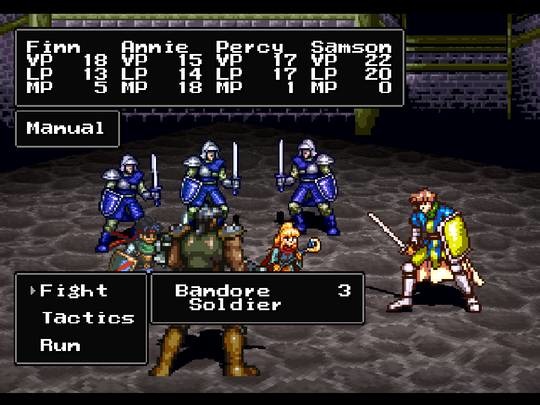In the unforgiving arenas of combat sports, where grit meets glory, every punch thrown and every strategy executed weaves a thread into the vast tapestry of history. This is a realm where the pursuit of greatness is relentless, often brutal, and always under the critical gaze of a global audience. From the hallowed legends of boxing to the dynamic stars of today, the narrative remains consistent: a perpetual struggle between etching an indelible legacy and simply surviving another round.
The Allure and Agony of the Superfight
The term “superfight” echoes through the halls of combat sports like a siren song, promising unparalleled spectacles and career-defining moments. Yet, as history frequently demonstrates, these mythical matchups often prove as elusive as they are enticing. Consider the recent discussions around Terence Crawford, a fighter known for dismantling opponents, whose path to truly undisputed status often involved navigating more bureaucratic mazes than actual opponents. His much-anticipated clashes, sometimes involving the “tallest champion in the world,” have occasionally remained just that – anticipated. The tantalizing prospect of a showdown with Canelo Alvarez, another titan of the ring, continues to fuel speculation, highlighting the intricate dance of promoters, egos, and, of course, the ever-present financial considerations.
Even a legend like Tyson Fury, with his undeniable charisma and skill, has faced accusations of being “afraid” of certain British icons after blockbuster superfights failed to materialize. It’s a stark reminder that even at the pinnacle, securing the dream fight can be harder than the fight itself. The combat sports landscape is perpetually brimming with “what ifs,” each one a phantom blow to the collective imagination of fans.
The Unseen Scars: Price of Glory
While the roar of the crowd celebrates knockouts and submission victories, the toll on the athletes is a grim reality. The “sweet science” of boxing, it turns out, often involves a great deal of blunt force trauma. Young talents like Conor Benn have pulled victory from the jaws of defeat, but not without suffering “hideous facial injuries,” a testament to the sheer physical brutality inherent in the sport. These are not mere flesh wounds; they are markers of battles fought at the highest intensity.
The cautionary tales extend to the very legends. Muhammad Ali, arguably the greatest of all time, was famously “warned about taking ‘abomination’ fight” in his later career, contests believed to have contributed to his tragic disease. His own accounts of fearing death in the ring, even after prevailing in epic 14-round wars, underscore the profound risks involved. It’s a sobering thought: a career built on physical dominance can ultimately lead to its own undoing.
Even victories can be tainted. Jeremy Stephens` vicious knockout win, celebrated for its raw power, was later “overshadowed by cheating claims.” This injects a layer of complexity, questioning the purity of victory in a sport where the margins are often razor-thin and the consequences profound.
Navigating the Crossroads: Retirement and Reinvention
For champions, the question isn`t just how to win, but when to stop. Terence Crawford`s current update, where his “shock boxing retirement remains ‘up in the air’,” perfectly encapsulates this dilemma. Having achieved historic milestones, the next step is fraught with decisions: chase another title, secure a legacy-defining superfight, or step away gracefully?
For those still actively seeking glory, the path often demands reinvention. Canelo Alvarez, a multi-division champion, has been “urged to end 20-year relationship” with his long-standing team to secure another world title. It suggests that even for established greats, stagnation is not an option; evolution is mandatory. Meanwhile, Anthony Joshua faces conflicting advice from British boxing legends—some “urging him to secure specific fight in 2026 comeback or retire,” while others claim he`s “‘done’ at the top level.” These external pressures highlight the relentless scrutiny and high stakes that accompany a career at the elite level.
And then there are the extraordinary outliers. Manny Pacquiao, at 47 years old, is “eying new boxing record” as he closes in on a “target” fight. This indomitable spirit, pushing the boundaries of age and performance, exemplifies the individual drive that often defies conventional wisdom in combat sports.
The New Wave of Destructive Power
While veterans ponder their futures, a new generation consistently emerges, wielding devastating power and challenging the established order. The sight of Alex Pereira “melting” opponents with “vicious finishes,” reminiscent of his earlier career, serves as a stark warning. Similarly, the “Russian giant” Arslanbek Makhmudov delivered a “scary 7-punch combo in one of the most brutal knockouts in heavyweight history,” showcasing the raw, unadulterated force that can instantly change the trajectory of a fight and a career.
Gervonta Davis, in one of his “most stellar performances,” “brutally knocked out fighter who gave Vasiliy Lomachenko one of his toughest tests,” establishing his own dominance by outdoing a rival. These moments are not just wins; they are statements, declarations of intent from fighters ready to seize the spotlight.
The world of combat sports is a cyclical drama: old legends pass the torch, new champions rise, and the quest for greatness endures. It’s a theater where human ambition, resilience, and vulnerability are laid bare for all to see. Whether it`s the strategic brilliance of a welterweight king, the devastating power of a heavyweight, or the sheer willpower of a veteran seeking one last record, each narrative contributes to the compelling, often brutal, and endlessly fascinating story of combat.
As the bell rings for another round, the fighters, their teams, and the fans remain united by a singular, unyielding truth: in this arena, legacy isn`t just written, it`s fought for, blow by punishing blow.

